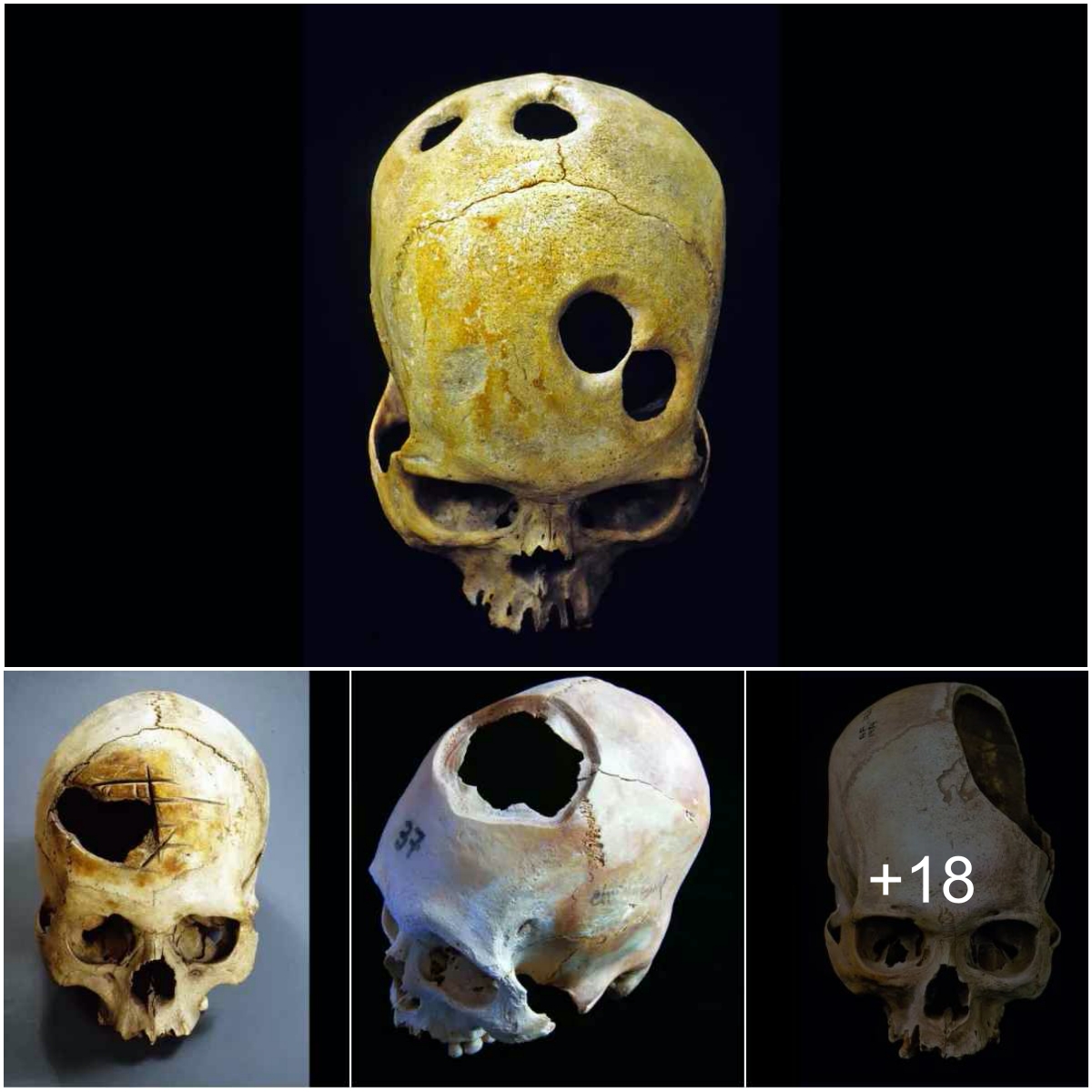
Experts say the cache is one of the largest and most significant of its kind ever found in Denmark. Vejlemuseerne
Ole Ginnerup Schytz, a first-time treasure hunter, made an astounding discovery while using his new metal detector. He found a stash of 1,500-year-old gold artifacts that were dated to the Iron Age. The discovery was made in a field near the town of Jelling in southwestern Denmark last December. Experts have since deemed it one of the largest and most important finds in Danish history.
Schytz recalls hearing the device activate, then moving aside soil to uncover a small, bent piece of metal.

“It was scratched and covered in mud,” he tells Steffen Neupert of Danish broadcast station TV Syd. “I had no idea, so all I could think of was that it looked like the lid of a can of herring.”
The amateur metal detectorist had actually unearthed what turned out to be the first of 22 pieces of sixth-century gold jewelry, with a total weight of just over two pounds.
Speaking with TV Syd, Schytz describes the find as “the epitome of pure luck.” He adds, “Denmark is a country of 16,621 square miles, and yet I happened to choose the exact location where this incredible discovery was made.”

Close-up view of gold artifact found in the cache Konserveringscenter Vejle / Vejlemuseerne
Months after Schytz’s chance discovery, the Vejlemuseerne in Jutland has finally revealed the ancient treasures to the public.
According to archaeologist Peter Vang Petersen, this is the biggest find in the 40 years he has been at the National Museum [of Denmark]. He explains to TV Syd, per Artnet News, that similar finds can only be traced back to the 16th and 18th centuries.
The haul primarily consists of bracteates, which were popular medallions in northern Europe during the Migration Period (approximately 300 to 700 C.E.). These pendants were usually inscribed with magical symbols or runes and worn by women for protection.
Experts have identified several unfamiliar symbols on the newly unearthed bracteates. Director of research at the Vejle museums, Mads Ravn, tells Agence France-Presse (AFP) that interpreting these symbols could help shed light on the little-understood societies that inhabited the region before the Vikings.
“It is the symbolism represented on these objects that makes them unique, more than the quantity found,” says Ravn.
One of the medallions depicts the Norse god Odin and appears to be based on similar Roman jewelry that celebrated emperors as gods, reports TV Syd.
“Here we see Nordic mythology in its infancy,” says Vang Petersen, as quoted by the Sun. “The Scandinavians have always been good at getting ideas from what they saw in foreign countries, and then turning it into something that suits them.”
/https://tf-cmsv2-smithsonianmag-media.s3.amazonaws.com/filer/5f/cf/5fcf6dbd-557f-4dae-9ff0-e4eece7b3e6d/gold_artifacts.jpg)
Many of the symbols seen on the bracteates are unfamiliar to researchers. Konserveringscenter Vejle / Vejlemuseerne
Older artifacts found in the cache include gold coins from the Roman Empire that were converted into jewelry. One depicts Constantine the Great, who ruled between 306 and 337 C.E. The coin’s presence suggests that Jelling, known to be a cradle of the Viking civilization between the 8th and 12th centuries, was a center of power with trade links across the European continent, according to Artnet News.
The objects’ immaculate craftsmanship points to their original owner’s probable high status.

“Only one member of society’s absolute top [would have] been able to collect a treasure like the one found here,” says Ravn in the statement.
When experts excavated the site where Schytz found the hoard, they discovered the ruins of a village longhouse. Without the amateur treasure hunter’s discovery, “there was nothing that could [have made] us predict that an unprecedented warlord or great man lived here, long before the kingdom of Denmark arose in the following centuries,” Ravn adds.
According to archaeologists, it is believed that the gold was buried as a means of protection against invaders or as a final offering to the gods. This discovery is dated back to around 536, a time when a volcanic eruption in Iceland caused extensive damage by covering the sky with ash and leading to famine in Scandinavia. Other similar finds of gold in the region, such as the group of 32 artifacts discovered on the island of Hjarnø, have also been dated to around the same period.





